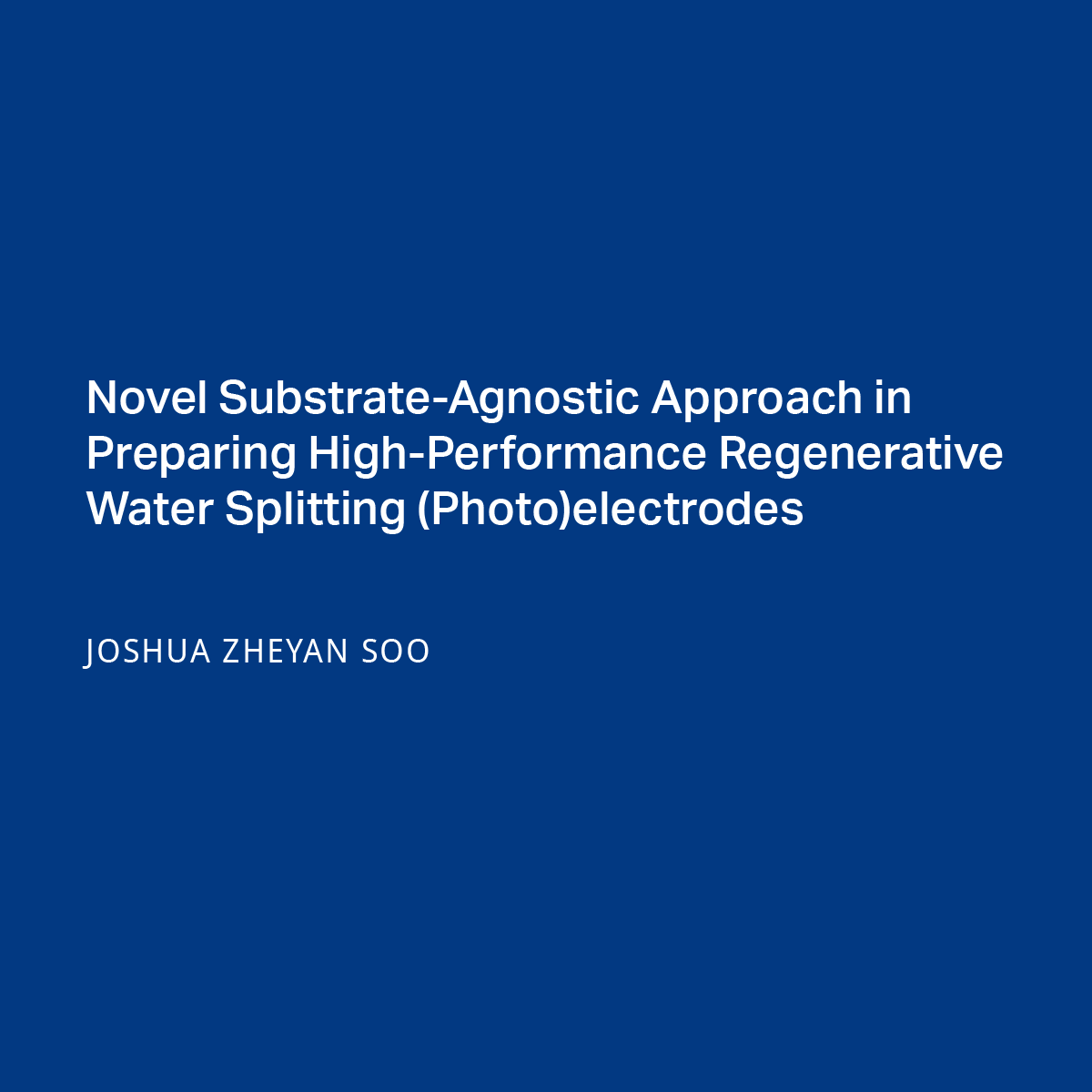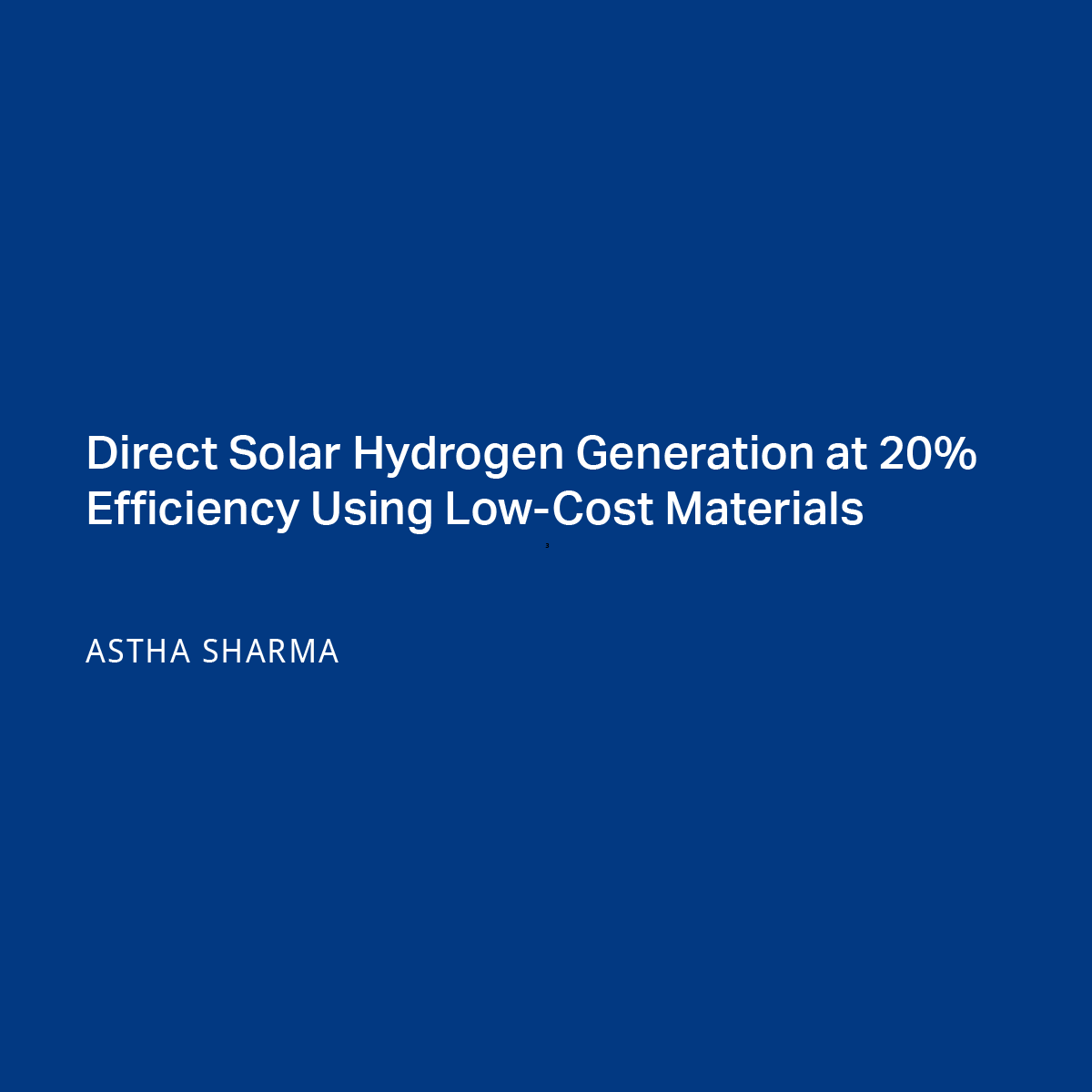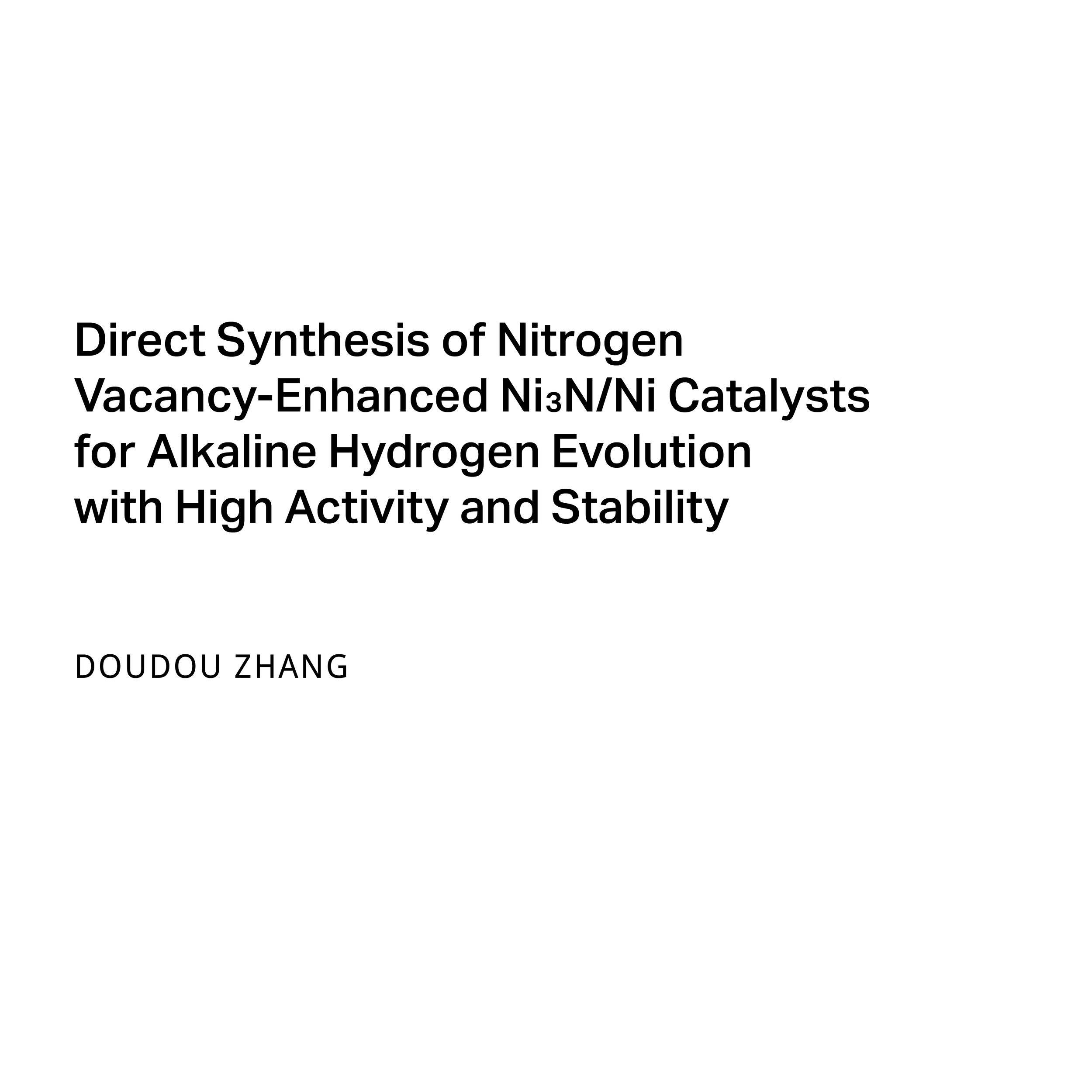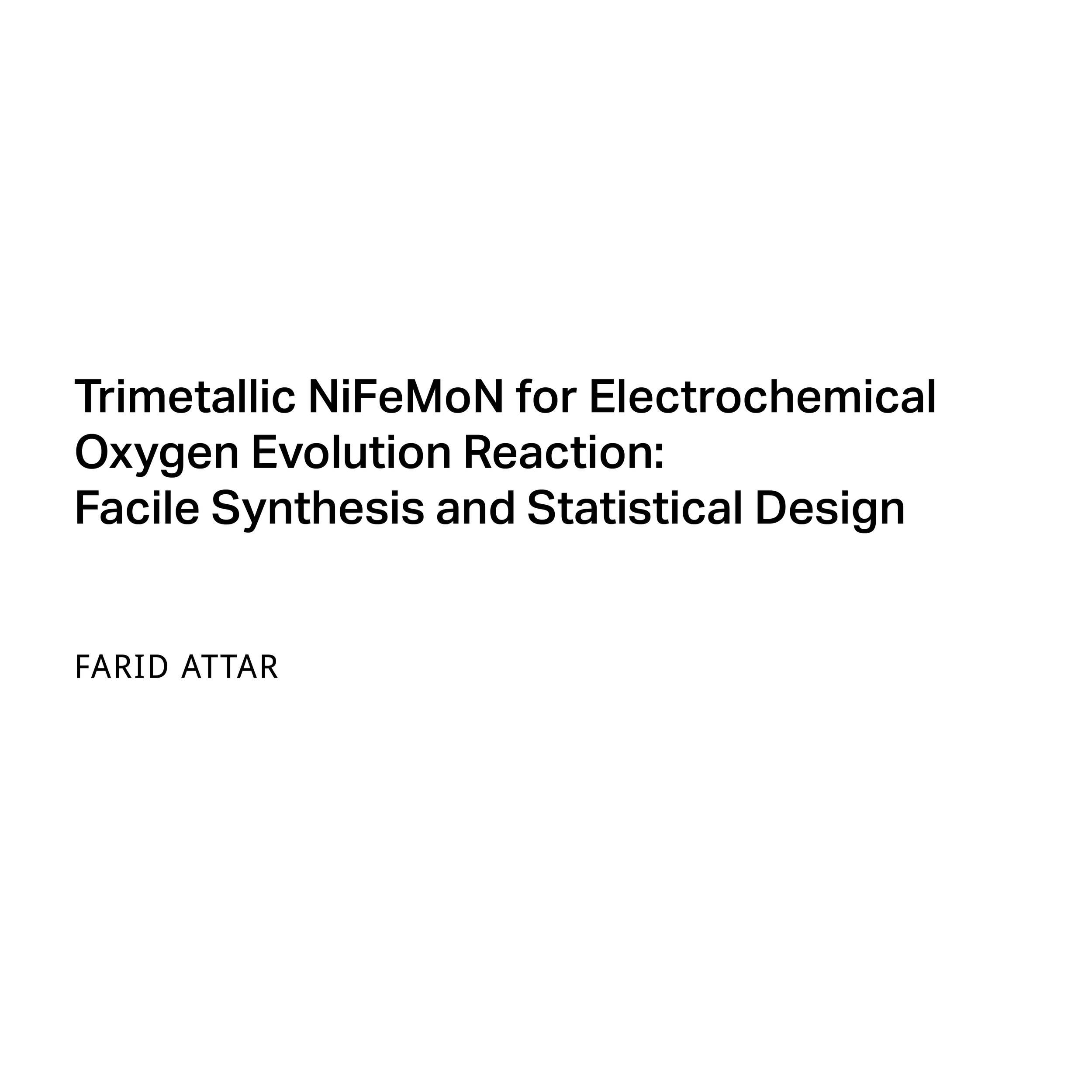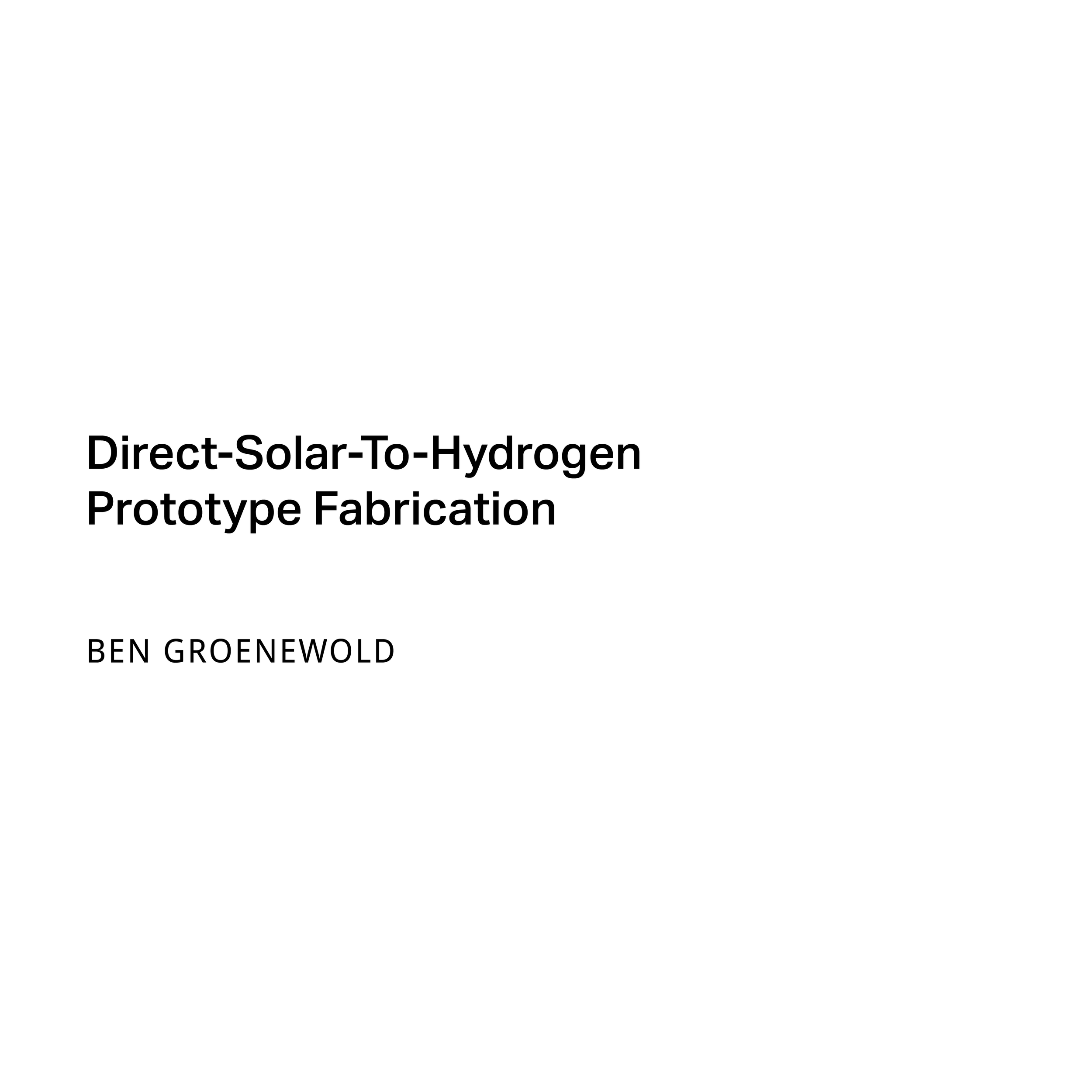Projects in Progress
Direct Solar-to-Hydrogen (DSTH)
The direct solar-to-hydrogen (DSTH) system is a groundbreaking technology that combines solar cells and catalytic electrodes into a single module, eliminating the need for intermediate energy conversion stages. This approach streamlines the system, reduce costs, and provides an independent solution for green hydrogen production. Through this project, we aim to develop commercial-scale DSTH modules and systems, expected to demonstrate high solar-to-hydrogen conversion efficiencies, long-term stability, and competitive levelized costs of hydrogen production (LCOH).
Efficient scalable and modular ammonia to hydrogen/electricity conversion system
The PhD student from our team will work in close collaboration with Cavendish Renewable Technology as a secondary partner, which aims to develop efficient ammonia to electricity conversion system for sustainable energy generation, transport and storage. The project will improve the technology and commercial readiness of hydrogen storage and distribution technologies, develop a scalable prototype for ammonia-to-electricity conversion, and create a pathway to commercialise new ammonia cracking technologies integrated with fuel cells.
Electrolyser Innovations: Paving the way for sustainable hydrogen generation
Our team also conduct an innovative research project on water electrolysers. We collaborate with some industries. The success of this research will bring unprecedented development to the water electrolysis industry in Australia. For more information, please contact us!
Our Achievements
Solar Hydrogen
The aim of this project is to design, fabricate and integrate low-cost semiconductors and catalysts for direct solar-to-hydrogen production systems. Analogous to solar power, high solar energy to hydrogen conversion (STH) efficiencies are key to low-cost renewable hydrogen. We are leveraging the rapid advancement in Silicon/Perovskite tandem cells, combined with high performance, low-cost catalysts to design robust integrated solar-driven water splitting systems.
Improving Efficiency, Durability & Cost-effectiveness
of III-V Semiconductors
This project aims to demonstrate a photo-electrochemical system using III-V multi-junction semiconductors through cost-effective epitaxial lift-off techniques that are surface modified for robust operation. Direct solar-to-hydrogen conversion presents the most promising technique for achieving both high efficiency and lower costs by eliminating various efficiency loss mechanisms and reducing capital expenditure.
Group Posters
View a sample of our team’s work on our group posters.
Group Posters
View a sample of our team’s work on our
group posters.
Related Projects at the
Australian National University
Renewable Chemical Fuels using III-V Semiconductors
Solar energy has the greatest potential to replace fossil fuels among all carbon-free energy sources. Given that electricity only accounts for 30% of global energy consumption, breakthroughs in renewable energy storage are needed to fulfil the rest of global energy requirement. The chemical bonds found in fuels provide one of the densest ways to store energy.
The ANU is continuously recruiting outstanding graduates for research projects on the following topics:
Epitaxial growth of metamorphic and lattice-matched III-V multi-junction semiconductor materials
Development of low-cost, controlled lift-off techniques to separate epitaxially grown materials as thin-films and allow the reuse of substrate wafers
Nanofabrication
Interfacial engineering of semiconductors to achieve effective surface stabilisation and catalyst functionalisation for robust operation
Materials characterisation (structural, optical and electrical) and PEC testing









